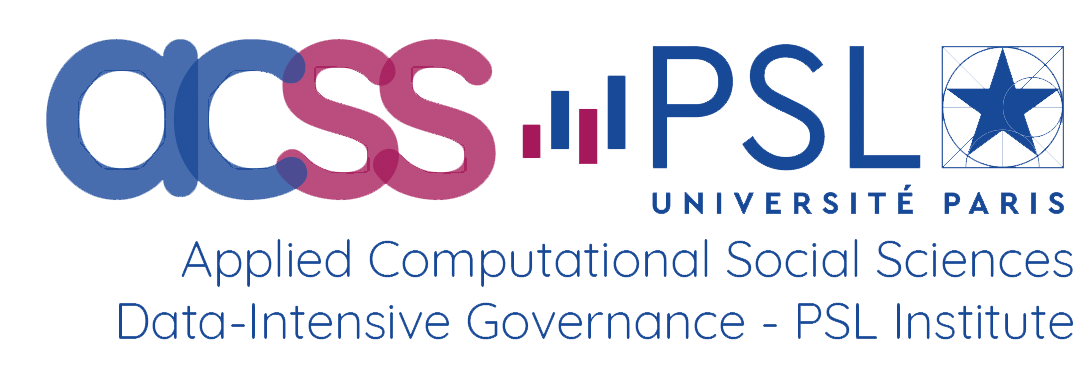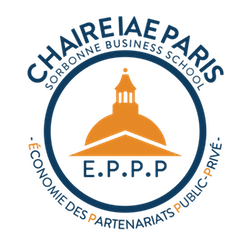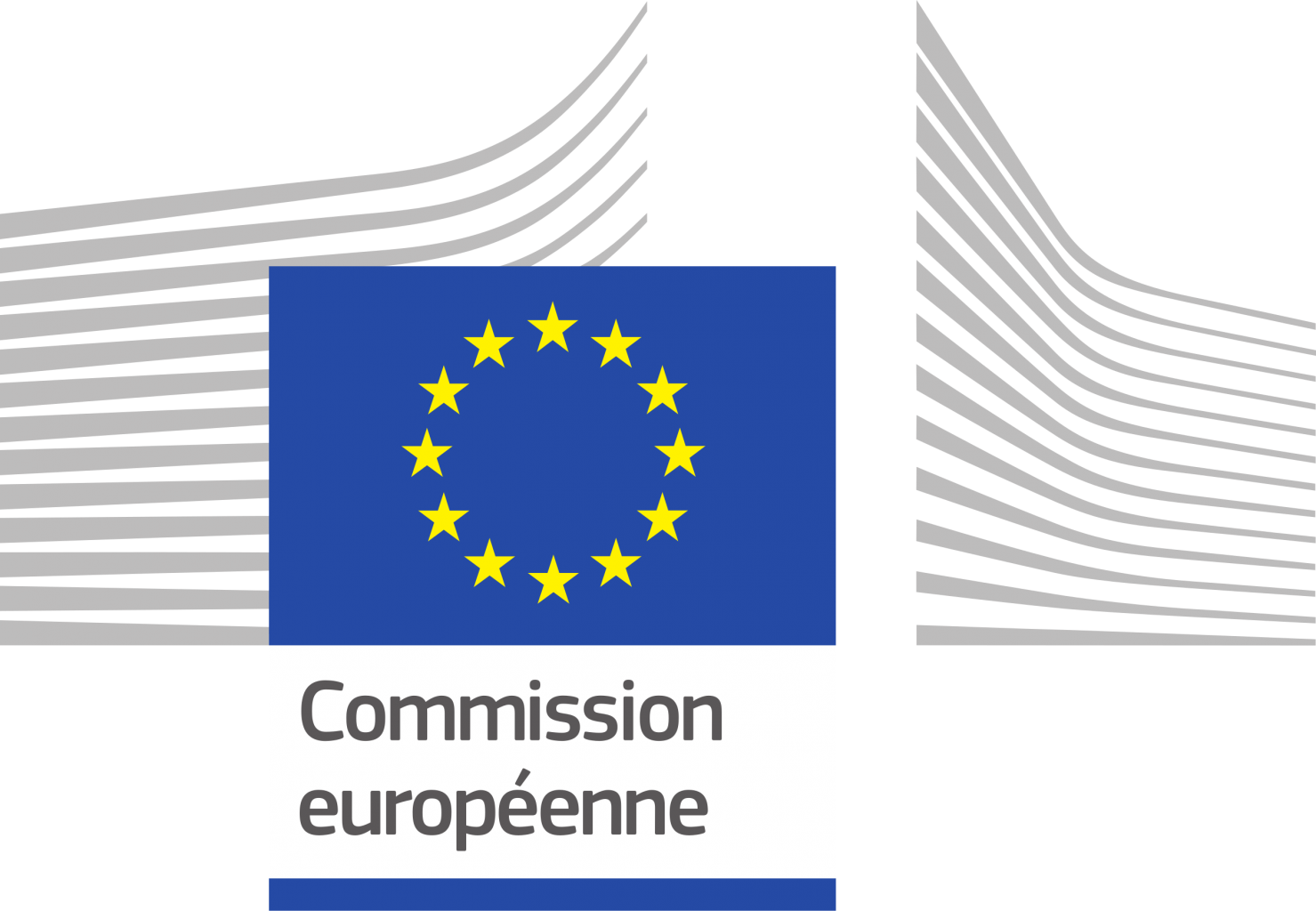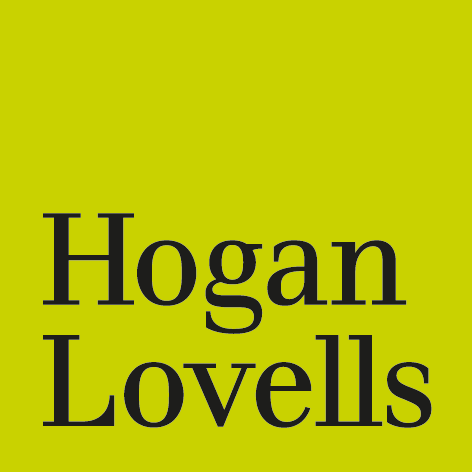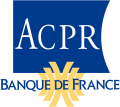
| Author(s) |
Daniel HERRERA Lilas Pastré |
| Publication type | GovReg Note |
The GovReg Notes produced by the Governance and Regulation Chair are designed to highlight the issues at stake in a publicly debated subject, based on recognised research or thinking on economic regulation issues.
The French optical market is a market that concerns the vast majority of French people, but one that is largely unknown. In France, seven out of ten people over the age of 20 wear glasses or contact lenses. This proportion is rising: it has increased by 50% in 25 years, in line with the ageing of the population. According to DREES, the number of people aged over 55, who are more likely to be affected by vision problems (97% of the over-60s will be affected by 2020), will increase by more than 40% between 2013 and 2050. Several factors, including more frequent exposure to screens, make spending on medical optics a major public health issue.
However, both consumer prices and the geographical spread of prices are high: the price of a pair of spectacles can easily range from less than one hundred euros to more than seven hundred euros. On the other hand, the margins earned by market players are among the highest in France and even in Europe. These two indicators suggest that the French optical market is not operating efficiently and is probably suffering from a market failure.
Our analyses suggest that the optical market is opaque. Both upstream in the market, where some opticians engage in complementary insurance fraud and some suppliers use vertical agreements to limit competition, and downstream in the market, where consumers rarely compare the prices of optical products and are even fairly insensitive to them because of the high level of subsidy provided by their complementary insurance. Under these conditions, competition is difficult to establish.
However, high margins are attracting new low-cost players (food supermarkets, e-commerce) and are leading to changes in the sector (home shopping, new low-cost offerings), potentially disentraining competition without sacrificing quality. These factors have justified the intervention of the regulator on several occasions, and the competitive impact of the corresponding reforms is fertile ground for research in economics.
To date, however, the literature contains few in-depth analyses of the economic forces underlying the French optical sector. The GovReg note from the "Medical Optical Distribution and Supplementary Health Care" chair provides a better understanding of the optical sector, as well as the various players and their strategic relationships. It analyses developments in the medical optics distribution market over the last ten years and how they relate to the regulations introduced by the public authorities.





